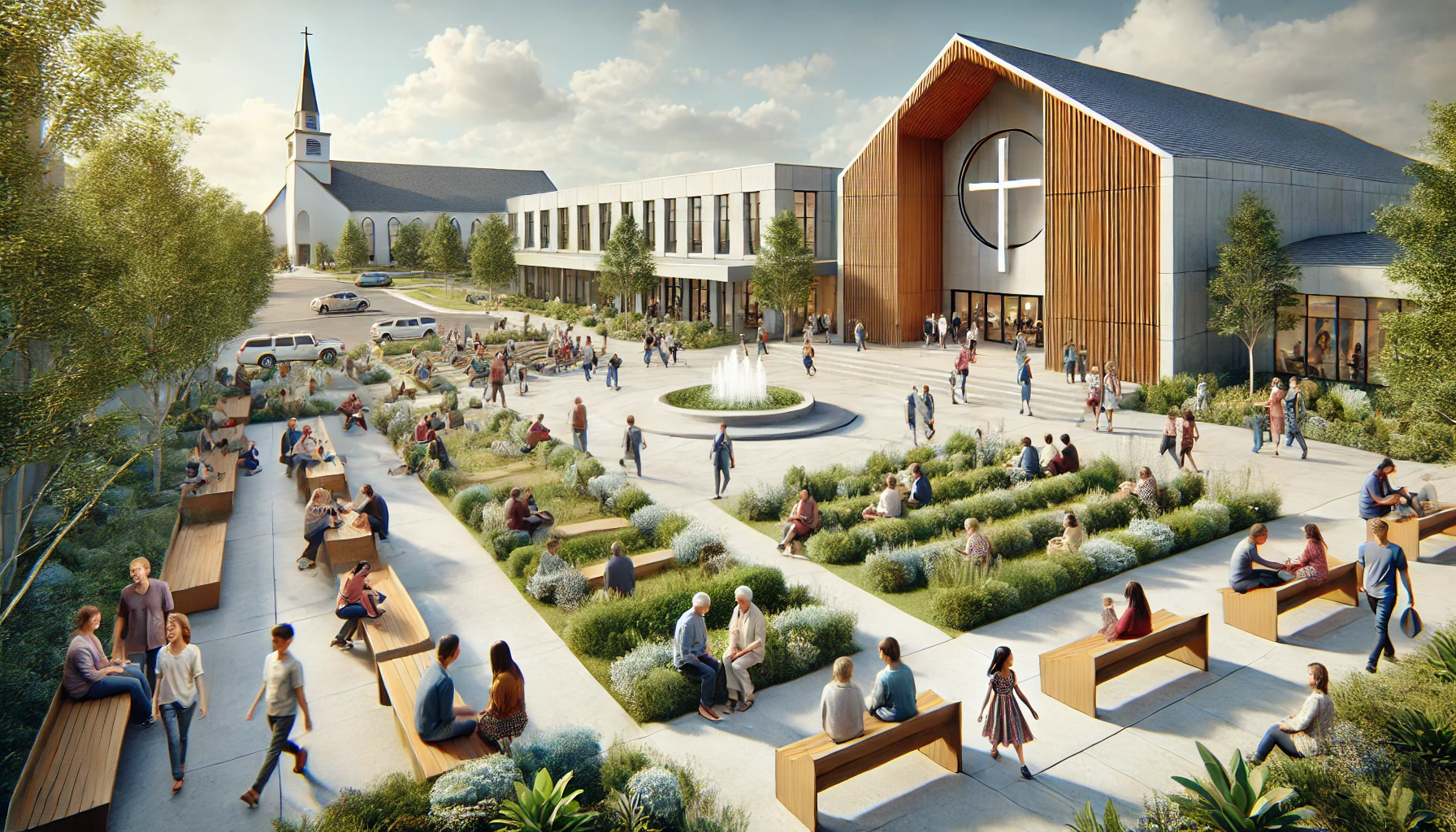The Crucial Role of Civil Engineers in Church Architecture
When contemplating a new church project or a significant renovation, the focus often rests on stunning architectural visions and how they’ll inspire congregations. However, behind every grand design lies the indispensable work of civil engineers. Their expertise ensures that the architectural beauty of a church is matched by its structural integrity and functionality—elements that are critical for creating spaces that are both inspiring and enduring.
Civil engineers bring a unique set of skills and knowledge to church projects, addressing challenges such as site preparation, structural stability, and infrastructure development. One of the primary roles they play is in assessing the suitability of a site for construction. From analyzing soil conditions to ensuring that the site can support the planned structure, civil engineers lay the groundwork—literally—for successful church buildings.
Additionally, civil engineers are essential in the design and implementation of efficient utility systems for churches. Whether it’s designing a robust drainage system to prevent flooding or planning the installation of sustainable water and energy utilities, their contributions are critical to the long-term functionality and sustainability of church properties.
Stormwater management, for instance, is a crucial aspect often underestimated in church planning. Effective stormwater management systems designed by civil engineers not only protect church buildings from potential water damage but also contribute to the overall aesthetic and environmental balance of the site. This involves designing retention and detention systems that blend seamlessly with the landscape while providing essential water control functions.

The collaboration between architects and civil engineers is another pivotal aspect of successful church projects. Architects dream up the awe-inspiring designs that will shape the future of worship spaces, but without the technical and practical ingenuity of civil engineers, these dreams could not be realized. Engineers ensure that the structural components of the design are safe and feasible, addressing potential issues that could arise during construction.
Furthermore, civil engineers play a key role in ensuring that church buildings meet all regulatory requirements. From local zoning laws to environmental regulations, their comprehensive understanding of legal requirements ensures that the construction process flows smoothly, avoiding costly delays and modifications.
In summary, the role of a civil engineer in church architecture extends far beyond the basic structural elements. Their expertise supports the architectural vision, ensures regulatory compliance, enhances sustainability, and ultimately contributes to creating a welcoming and enduring space for congregations.
Want to learn more about how our architects and civil engineer partners can bring your church’s vision to life? Get in touch with us at david@uniteideas.com.
Want to Discuss Your Next Project?
We’d love to hear from you! Whether you have questions, need advice, or are ready to start planning, our team is here to help. Fill out the form below, and let’s start a conversation about bringing your vision to life.





